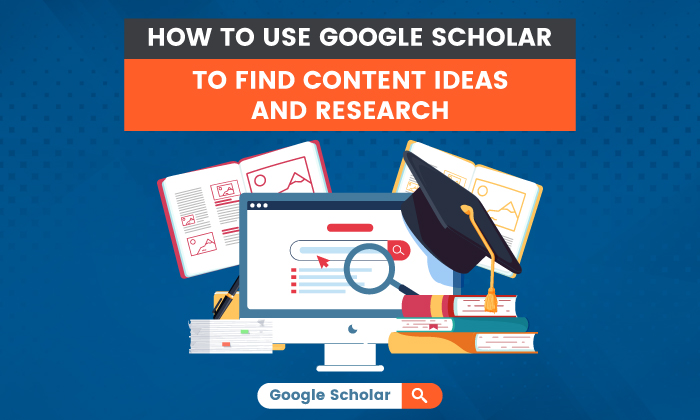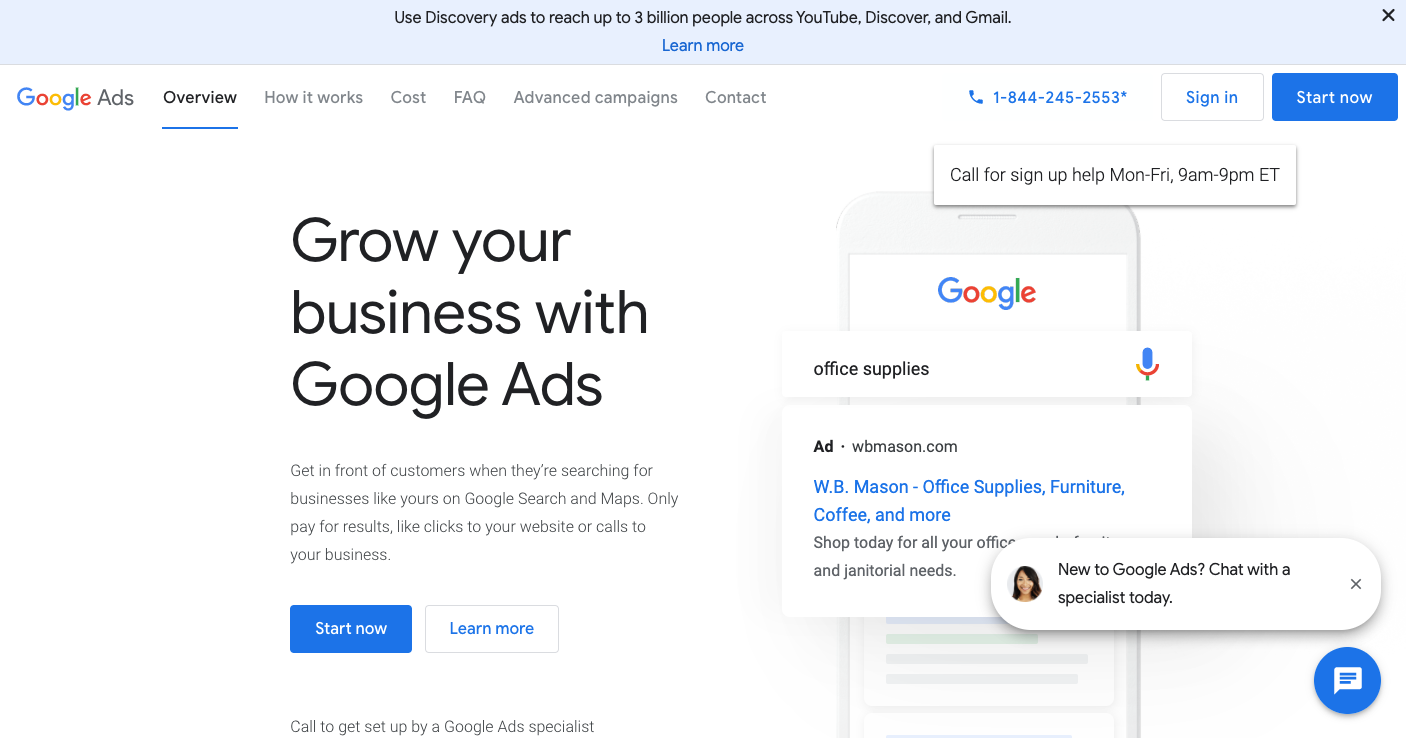LinkedIn Changes How It Ranks Content via @sejournal, @BrianFr07823616
Changes to LinkedIn's feed algorithm aim to provide users with better, more relevant content and spark discussion. The post LinkedIn Changes How It Ranks Content appeared first on Search Engine Journal.

LinkedIn is updating its algorithm and changing how content is ranked in peoples’ feeds.
In addition, users will have greater control over their feeds, with the ability to block certain categories of content from appearing.
You can also choose to see more content from thought leaders, industry experts, and creators who aren’t in your network.
This update is intended to create a more personalized and relevant experience, while generating meaningful conversations and engagement between users.
Here’s an overview of all the changes rolling out to LinkedIn’s feed.
Users Will Have More Control Over Feed Content
LinkedIn now provides options for users to limit content they’re not interested in.
You can select the “I don’t want to see this” option for individual posts, as well as minimize content from specific authors.
Linda Leung, Director of Product Management at LinkedIn, says in a blog post
“We’re testing new ways for how you can receive status updates on each individual report that you submit. We’re always seeking to improve, so there’s more to come in feed controls. In the future, the more you use this, the more we learn your preferences and can tailor your experience.”
Users will also be able to limit the amount of political content that shows up in their feed. This functionality is currently only testing in the US, but may be expanded to more regions and languages.
Feed Will Show Less Irrelevant News and Updates
The changes to LinkedIn’s feed algorithm mean it will now show more targeted activity from a user’s network.
It will attempt to prioritize posts and actions that are valuable, rather than comments or actions members will not find useful.
LinkedIn’s feed will now show more of:
Posts, videos and other content relevant to users’ individual interests Opportunities for authentic engagement Safe and productive conversations that adhere to community guidelinesBased on feedback, LinkedIn will filter polls to show only those that are helpful and relevant.
Low-quality content that expressly asks for interactions will not be promoted, as LinkedIn strives to encourage better quality content.
LinkedIn’s feed will show less of:
Irrelevant updates, i.e., a connection’s comment on the post of someone you’re not connected to Politically oriented posts (if you choose to) Alerts – users will no longer be notified of every position change or update in their network Low-quality click-bait posts designed for interactions Polls from people you don’t knowWhat This Means for Businesses
LinkedIn has seen its engagement numbers grow for six consecutive quarters. This means the opportunity for businesses who use it as part of their marketing and recruiting strategies has grown along with it.
However, in light of these new changes, some companies may have to rethink their approach. They will no longer be able to use “growth hacks” to attract a large audience, and instead creators will have to focus on creating high-quality content that will drive engagement and attract an audience.
Source: LinkedIn
Image Credit: Abel Justin/Shutterstock

 KickT
KickT 






























